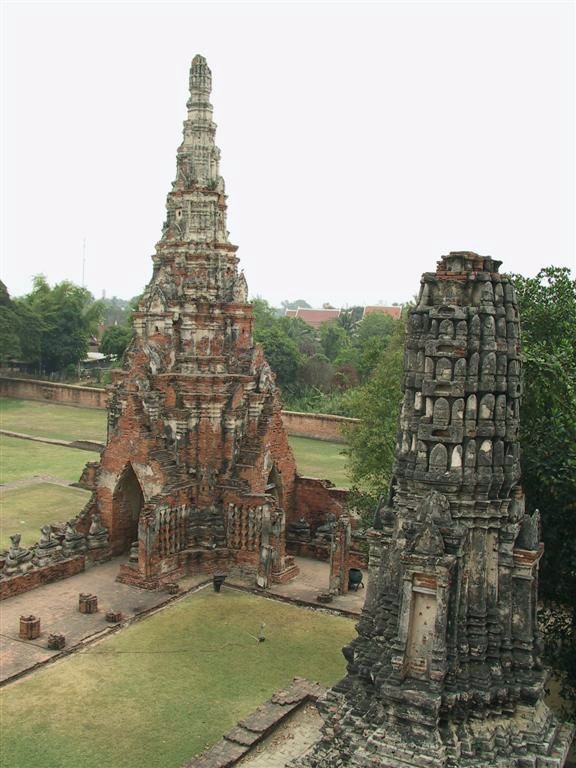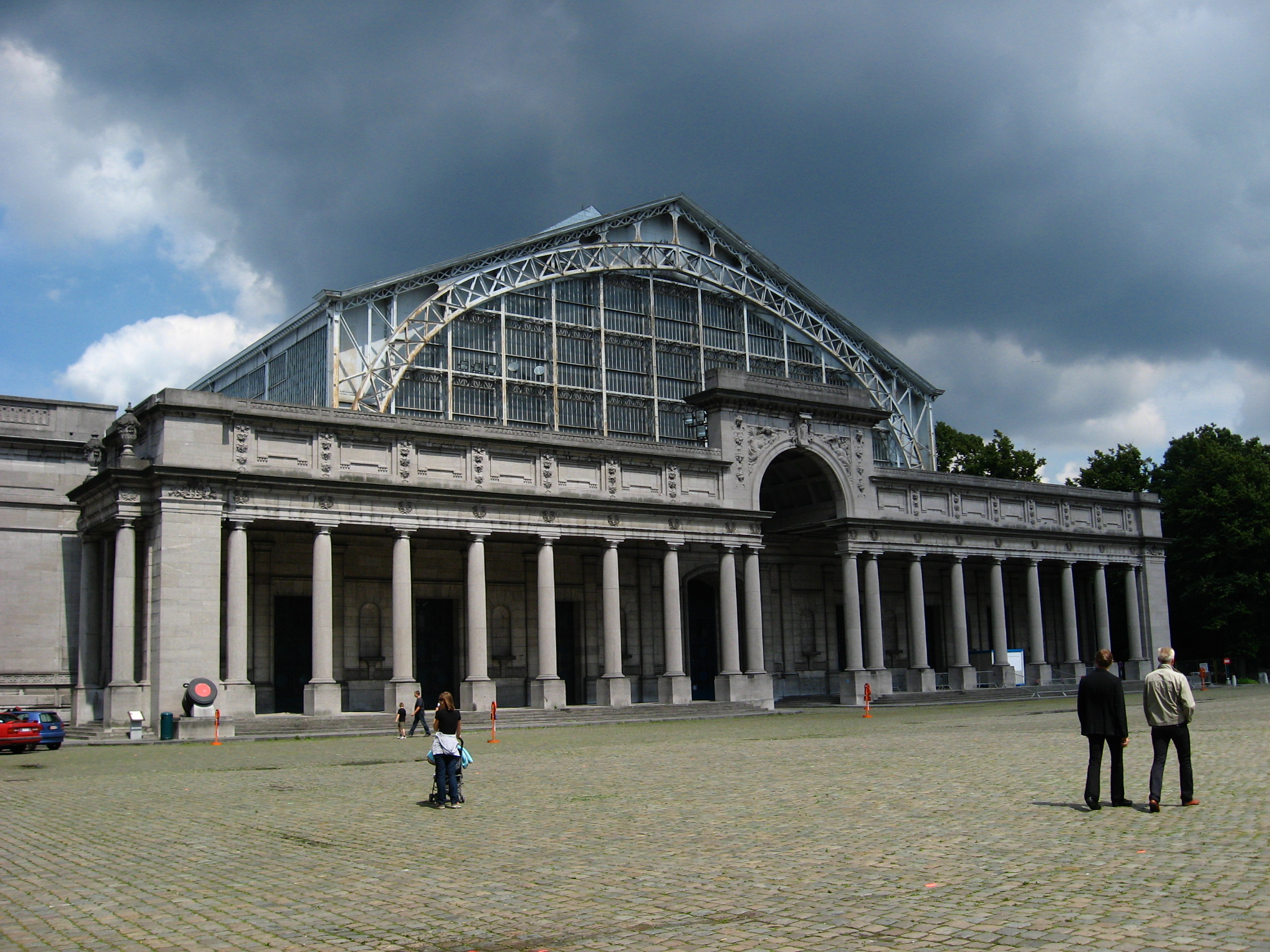|
Marie Abts-Ermens
Marie Abts-Ermens (10 April 1767 in Kortenberg – 11 September 1853 in Brussels) was a Belgian seamstress, best remembered for sewing together the first version of the Flag of Belgium on 26 August 1830. On May 8, 1802, she married François Abts, a ribbon maker residing at the Grand-Place in Brussels, who was ten years younger than her. By 1830, the couple owned a haberdashery at the corner of Rue de la Colline and Rue Marché aux Herbes in Brussels. During the Belgian Revolution, while Brussels was in turmoil, Lucien Jottrand and Édouard Ducpétiaux, journalists at ''Courrier des Pays-Bas'', asked Mrs. Abts to make a flag in Brabantian colors (black, yellow, and red). At that time, the flag had horizontal stripes, not vertical ones. On August 26, 1830, this flag replaced the orange cockade of the Dutch monarchy on the façade of the Brussels Town Hall, which had initially been replaced by the French flag as a tribute to the July Revolution. Marie Abts was 63 years old at th ... [...More Info...] [...Related Items...] OR: [Wikipedia] [Google] [Baidu] |
Kortenberg
Kortenberg (; ) is a Belgium, Belgian municipalities of Belgium, municipality located in the provinces of Belgium, province of Flemish Brabant, about halfway between the cities of Brussels and Leuven. The municipality comprises the subdivisions or deelgemeenten of Erps-Kwerps, Everberg, Kortenberg proper and Meerbeek. On 1 January 2013 Kortenberg had a total population of 19,393. The total area is 34.52 km2 which gives a population density of about 562 inhabitants per km2. In the southern part of Everberg there is also a hamlet (place), hamlet called Vrebos, while between Erps-Kwerps and Meerbeek there is another hamlet called Schoonaarde, which can be found in the proximity of the train station of Erps-Kwerps. History On the territory of Erps-Kwerps an ancient Roman villa has been excavated. The same archeological site revealed a burial-ground of the Franks, Frankish civilisation. In 1095, Gualgericus, Bishop of Cambrai, acknowledged the existence of a religious community on ... [...More Info...] [...Related Items...] OR: [Wikipedia] [Google] [Baidu] |
Monarchy Of The Netherlands
The monarchy of the Netherlands is governed by the country's charter and constitution, roughly a third of which explains the mechanics of succession, accession, and abdication; the roles and duties of the monarch; the formalities of communication between the States General of the Netherlands; and the monarch's role in creating laws. The monarch is head of state and ''de jure'' head of government of the Netherlands. The once-sovereign provinces of the Spanish Netherlands were intermittently ruled by members of the House of Orange-Nassau from 1559, when Philip II of Spain appointed William the Silent (William of Orange) as a stadtholder, until 1795, when the last stadtholder, William V, Prince of Orange, fled the country. William the Silent became the leader of the Dutch Revolt and of the independent Dutch Republic. Some of his descendants were later appointed as stadtholders by the provinces and, in 1747, the role of stadtholder became a hereditary position in all provinces o ... [...More Info...] [...Related Items...] OR: [Wikipedia] [Google] [Baidu] |
1853 Deaths
Events January–March * January 6 – ** Florida Governor Thomas Brown signs legislation that provides public support for the new East Florida Seminary, leading to the establishment of the University of Florida. **U.S. President-elect Franklin Pierce's only living child, Benjamin "Benny" Pierce, is killed in a train accident. * January 8 – Taiping Rebellion: Zeng Guofan is ordered to assist the governor of Hunan in organizing a militia force to search for local bandits. * January 12 – Taiping Rebellion: The Taiping army occupies Wuchang. * January 19 – Giuseppe Verdi's opera '' Il Trovatore'' premieres in performance at Teatro Apollo in Rome. * February 10 – Taiping Rebellion: Taiping forces assemble at Hanyang, Hankou, and Wuchang, for the march on Nanjing. * February 12 – The city of Puerto Montt is founded in the Reloncaví Sound, Chile. * February 22 – Washington University in St. Louis is founded as Eliot Seminary. * March 5 – Saint Paul ... [...More Info...] [...Related Items...] OR: [Wikipedia] [Google] [Baidu] |
1767 Births
Events January–March * January 1 – The first annual volume of ''The Nautical Almanac and Astronomical Ephemeris'', produced by British Astronomer Royal Nevil Maskelyne at the Royal Observatory, Greenwich, gives navigators the means to find longitude at sea, using tables of lunar distance. * January 9 – William Tryon, governor of the Royal Colony of North Carolina, signs a contract with architect John Hawks to build Tryon Palace, a lavish Georgian style governor's mansion on the New Bern waterfront. * February 16 – On orders from head of state Pasquale Paoli of the newly independent Republic of Corsica, a contingent of about 200 Corsican soldiers begins an invasion of the small island of Capraia off of the coast of northern Italy and territory of the Republic of Genoa. By May 31, the island is conquered as its defenders surrender.George Renwick, ''Romantic Corsica: Wanderings in Napoleon's Isle'' (Charles Scribner's Sons, 1910) p230 * February 19 ... [...More Info...] [...Related Items...] OR: [Wikipedia] [Google] [Baidu] |
Royal Museums Of Fine Arts Of Belgium
The Royal Museums of Fine Arts of Belgium (, ; , ) are a group of art museums in Brussels, Belgium. They are part of the institutions of the Belgian Federal Science Policy Office (BELSPO) and consist of six museums: the Oldmasters Museum, the Magritte Museum, the Fin-de-Siècle Museum, the Modern Museum, the Antoine Wiertz Museum and the Constantin Meunier Museum. The Royal Museums contain over 20,000 drawings, sculptures, and paintings, covering a period extending from the early 15th century to the present, such as those of Flemish old masters like Bruegel, Rogier van der Weyden, Robert Campin, Anthony van Dyck, Jacob Jordaens, and Peter Paul Rubens, making them the most popular art institution and most visited museum complex in Belgium. The Magritte Museum houses the world's largest collection of works by the surrealist artist René Magritte. History Early history The museum was founded on 1 September 1801 by Napoleon and opened in 1803 as the Museum of Fine Arts of Br ... [...More Info...] [...Related Items...] OR: [Wikipedia] [Google] [Baidu] |
Royal Museum Of The Armed Forces And Military History
The Royal Museum of the Armed Forces and Military History (; ), also known as the Royal Military Museum (; ), is a military museum that occupies the two northernmost halls of the historic complex in the Parc du Cinquantenaire/Jubelpark in Brussels, Belgium. This site is served by Brussels-Schuman railway station, as well as by the metro stations Schuman and Merode on lines 1 and 5. History Origins (–1910) The Parc du Cinquantenaire/Jubelpark was part of a project commissioned by the Belgian Government under the patronage of King Leopold II for the 1880 ''National Exhibition'', commemorating the 50th anniversary of the Belgian Revolution. In 1875, the architect Gédéon Bordiau made a proposal to build on this site, part of the so-called "Linthout" plains, the former military exercise ground of the Garde Civique outside of Brussels' city centre. The location was named in French (literally "Fiftieth Anniversary") and in Dutch ("Jubilee Park") because it was plan ... [...More Info...] [...Related Items...] OR: [Wikipedia] [Google] [Baidu] |
July Revolution
The French Revolution of 1830, also known as the July Revolution (), Second French Revolution, or ("Three Glorious [Days]"), was a second French Revolution after French Revolution, the first of 1789–99. It led to the overthrow of King Charles X of France, Charles X, the French House of Bourbon, Bourbon monarch, and the ascent of his cousin Louis Philippe I, Louis Philippe, Duke of Orléans. The 1830 Revolution marked a shift from one constitutional monarchy, under the Bourbon Restoration in France, restored House of Bourbon, to another, the July Monarchy; the transition of power from the House of Bourbon to its cadet branch, the House of Orléans; and the replacement of the principle of hereditary right by that of popular sovereignty. Supporters of the Bourbons would be called Legitimists, and supporters of Louis Philippe were known as Orléanists. In addition, there continued to be Bonapartists supporting the return of Napoleon Bonaparte, Napoleon's heirs. After 18 preca ... [...More Info...] [...Related Items...] OR: [Wikipedia] [Google] [Baidu] |
Flag Of France
The national flag of France () is a Tricolour (flag), tricolour featuring three vertical bands coloured blue (Flag terminology#Description of standard flag parts and terms, hoist side), white, and red. The design was adopted after the French Revolution, whose revolutionaries were influenced by the horizontally striped red-white-blue flag of the Netherlands. While not the first tricolour, it became one of the most influential flags in history. The tricolour scheme was later adopted by many other nations in Europe and elsewhere, and, according to the ''Encyclopædia Britannica'' has historically stood "in symbolic opposition to the Autocracy, autocratic and Ancien Régime, clericalist royal standards of the past". Before the tricolour was adopted the royal government used many flags, the best known being a blue shield and gold fleurs-de-lis (the Royal Arms of France) on a white background, or state flag. Early in the French Revolution, the Paris militia, which played a prominent ro ... [...More Info...] [...Related Items...] OR: [Wikipedia] [Google] [Baidu] |
Brussels Town Hall
The Town Hall (, ; , ) of the City of Brussels is a landmark building and the seat of that municipality of Brussels, Belgium. It is located on the south side of the Grand-Place, Grand-Place/Grote Markt (Brussels' main square), opposite the Gothic Revival architecture, neo-Gothic ''King's House'' or ''Bread House'' building, housing the Brussels City Museum. Erected between 1401 and 1455, the Town Hall is the only remaining Medieval architecture, medieval building of the Grand-Place and is considered a masterpiece of civil Gothic architecture and more particularly of Brabantine Gothic. Its three New Classical architecture, classicist rear wings date from the 18th century. Since 1998, is also listed as a World Heritage Site, UNESCO World Heritage Site, as part of the square. This site is served by the ''Trams in Brussels, premetro'' (underground tram) station Bourse - Grand-Place premetro station, Bourse - Grand-Place/Beurs - Grote Markt (on lines Brussels tram route 4, 4 and Brus ... [...More Info...] [...Related Items...] OR: [Wikipedia] [Google] [Baidu] |
Brabant (duchy)
The Duchy of Brabant, a state of the Holy Roman Empire, was established in 1183. It developed from the Landgraviate of Brabant of 1085–1183, and formed the heart of the historic Low Countries. The Duchy comprised part of the Burgundian Netherlands from 1430 and of the Habsburg Netherlands from 1482, until it was partitioned after the Dutch revolt of 1566–1648. The 1648 Peace of Westphalia ceded present-day North Brabant () to the Generality Lands of the Dutch Republic, while the reduced duchy remained part of the Habsburg Netherlands until French Revolutionary forces conquered it in 1794 — a change recognized by the Treaty of Campo Formio in 1797. Today all the duchy's former territories, apart from exclaves, are in Belgium except for the Dutch province of North Brabant. Geography The Duchy of Brabant (adjective: ''Brabantian'' or '' Brabantine'') was historically divided into four parts, each with its own capital. The four capitals were Leuven, Brussels, Antwerp and 's ... [...More Info...] [...Related Items...] OR: [Wikipedia] [Google] [Baidu] |



